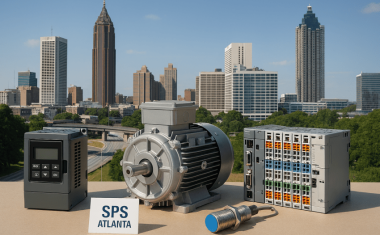Brazing and 3D printing without oxidation
The LZH is investigating how an oxygen-free production concept can be applied in laser beam brazing and additive manufacturing.
Oxygen is a disruptive factor in many production processes within the metalworking industry: Oxide layers formed during metal processing in the presence of oxygen can hinder the joining of workpieces and accelerate the wear of components and tools. In the collaborative research center Oxygen-Free Production, an innovative method is developed to address the oxidation problem. They introduce argon protective gas with a small amount of silane during production. Silane reacts with the surrounding oxygen, creating an atmosphere equivalent to an extreme-high vacuum (XHV) environment. This atmosphere has an extremely low oxygen content similar to that in a vacuum below 10−9 Pa. This oxygen exclusion approach is significantly more cost-effective than implementing a technical vacuum. At LZH, scientists are researching this method for powder-bed-based laser beam melting and laser beam brazing.
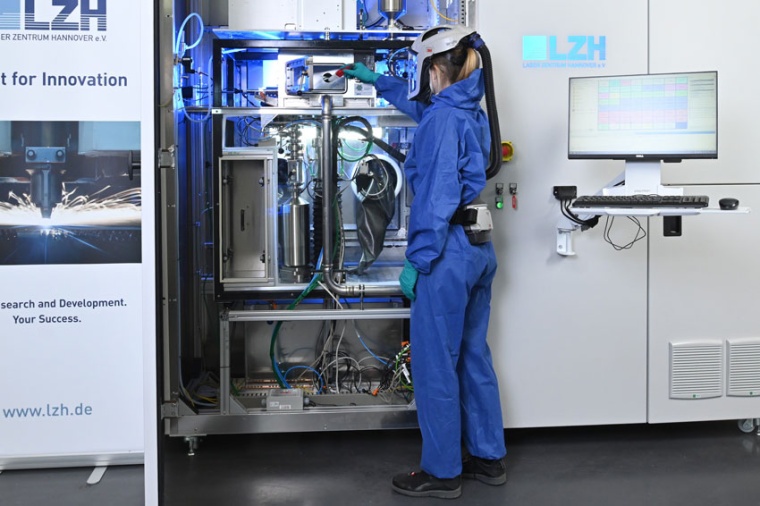
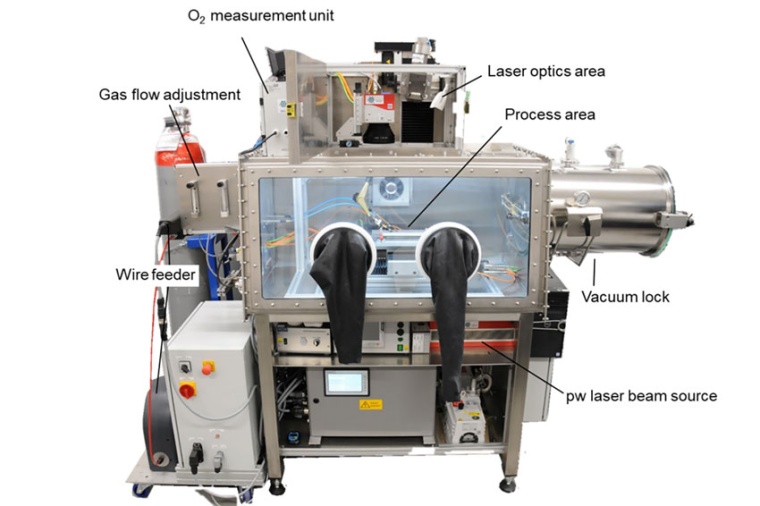
In a subproject, a group has developed a novel brazing process that eliminates the need for flux. Fluxes, which are partly environmentally and health-hazardous, are typically used to break up the oxide layer on the material surface, allowing metal and filler material to react. In the newly developed process, LZH researchers break the oxide layer with a nanosecond-pulsed laser beam source instead. Subsequently, the brazing process occurs under a continuous-wave laser beam in a silane atmosphere. The oxygen-free atmosphere prevents re-oxidation of the surface between process steps.
Researchers have demonstrated the ability to permanently remove the oxide layer on aluminum alloys in an oxygen-free atmosphere. Consequently, wetting the surface with a compatible solder material was possible. In the second funding period, researchers will transfer the process to the challenging mixed connection of aluminum and copper and explore the process limits.
Another group investigates how metal powders can be processed in an oxygen-free atmosphere using laser-based powder bed fusion of metals (PBF-LB/M). The process was developed using the titanium alloy Ti-6Al-4V on a specially developed system for the PBF-LB/M process and monitored using high-speed cameras.
The subproject’s goal is to gain a fundamental understanding of the process in an oxygen-free atmosphere and the influence of oxygen. Researchers expected the absence of oxygen to result in a more stable process, fewer splatters, and improved component properties. They demonstrated that not only did the number of splatters decrease, but they also oxidized less, reducing powder degradation. However, for further improvement of the process and component quality, eliminating moisture in the atmosphere and powder will be thoroughly investigated in the second funding period.
In the Collaborative Research Center (CRC) 1368 Oxygen-Free Production the LZH collaborates with eight institutes at Leibniz University Hannover, four institutes at Clausthal University of Technology, and the chair of data management in mechanical engineering at the University of Paderborn. The CRC is funded by the German Research Foundation (DFG), with the second funding period supported with approximately 10.5 million euros until the end of 2027.
Link: Collaborative Research Center 1368: Oxygen-free production, Leibniz University, Hanover, Germany
Company
Laser Zentrum Hannover e.V.Hollerithallee 8
30419 Hannover
Germany
most read
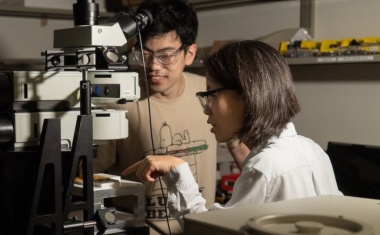
Machine learning improves interpretation of optical spectra
New tool offers precise insight on viral proteins, brain disease markers and semiconductors.
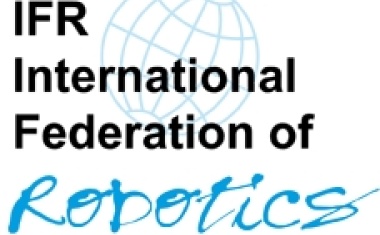
Europe's automotive industry is increasingly focusing on automation
The European automotive industry continues to invest heavily in the automation of its production, as preliminary figures from the International Federation of Robotics (IFR) show.
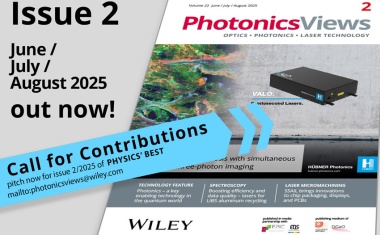
PhotonicsViews issue 2/2025 is out!
Pitch or submit your story for the fall issue of PHYSICS' BEST – out 20 October 2025
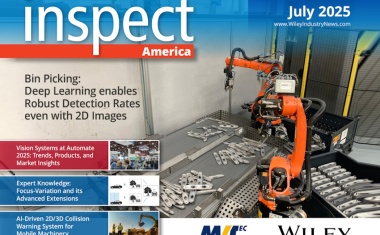
inspect America July 2025 is now available!
In this issue, we provide a comprehensive review of Automate, highlighting the most cutting-edge trends, products, and market insights.
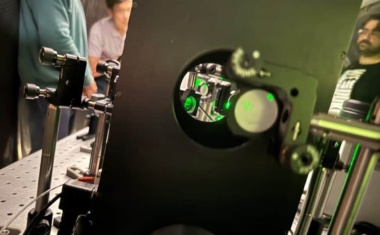
Optical knots made of laser beams
Interference patterns between overlapping laser beams could transmit encoded information over thousands of feet through chaotic environments.



